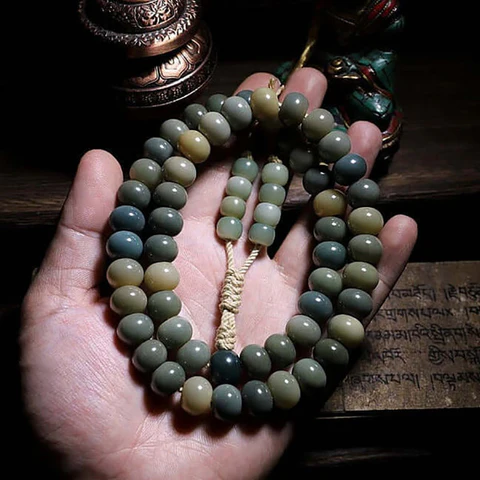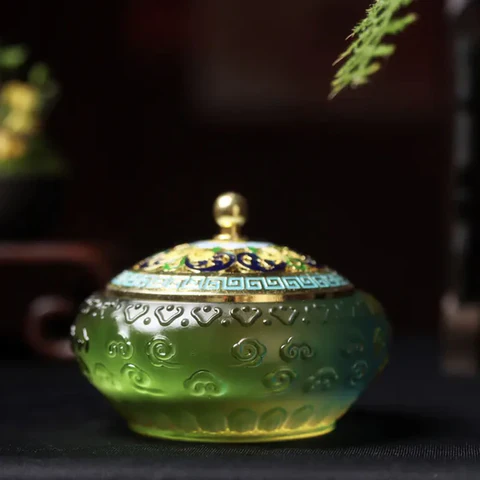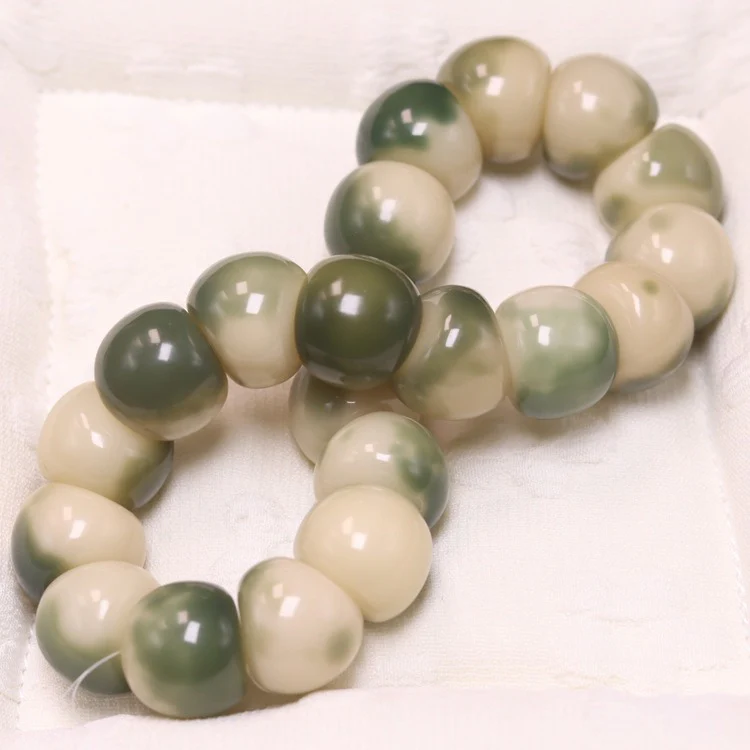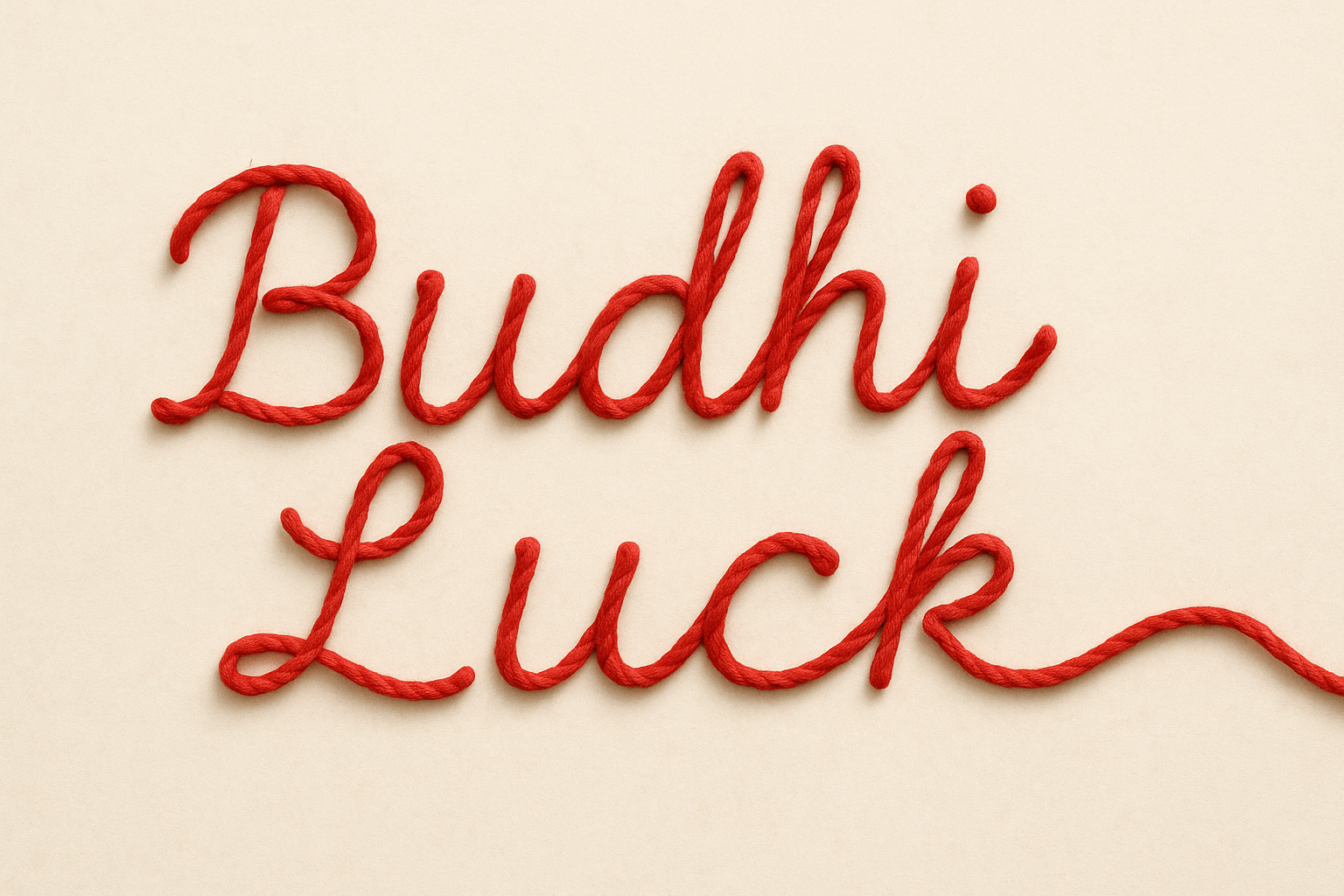- Mon - Fri:
9:00am – 9:00pm
- Call Us:
+1-702-268-6636
- Language:
English
- Currency:
$USD
+1-702-268-6636
English
$USD





Follow us to learn more about energy growth
Love and destiny have fascinated humanity for centuries. Across cultures, myths and legends attempt to explain why certain people seem meant to be together. One of the most beautiful and enduring ideas comes from East Asian folklore: The Red String of Fate, often called the Red String Theory. This ancient belief suggests that an invisible red thread ties two people who are destined to meet, regardless of time, place, or circumstances.
In this blog, we’ll explore the origins of the Red String Theory, its symbolism, cultural significance, modern interpretations, and what it means for people searching for love, connection, and purpose today.

The Red String of Fate has deep roots in Chinese mythology and Japanese folklore. In Chinese legend, the belief is linked to Yuè Lǎo (月老), the old lunar god of matchmaking. According to the myth, Yue Lao ties a red string around the ankles of two people who are destined to be soulmates. No matter how far apart they are, no matter what challenges arise, the string will eventually bring them together.
In Japanese culture, the story is similar, though the string is often tied around the little finger. This is where the popular phrase “pinky promise” partly originates — a symbolic gesture that suggests loyalty, trust, and destiny.
Why a red string? Symbolism plays a central role in this myth:
The red string is not about possession or ownership — it’s about inevitable connection.
Although the Red String of Fate originates in East Asia, similar ideas appear in other cultures worldwide.
This suggests a universal human longing: to believe our lives are guided by destiny, and that love is more than coincidence.
Today, the Red String Theory continues to inspire people worldwide. It has moved beyond folklore into modern storytelling, psychology, and even fashion.
The idea of an invisible string continues to resonate because it connects ancient tradition with modern emotions.
Of course, science does not support the literal existence of a red string tying people together. From a rational perspective, relationships depend on timing, choices, shared values, and effort. Still, psychologists note that myths like the Red String Theory are powerful because they give meaning to the randomness of life.
Believing in destiny can:
Even skeptics admit: whether or not a red string exists, the feeling of being deeply connected to someone is real.
The Red String Theory continues to thrive because it answers fundamental human questions:
In a world where technology and globalization connect us more than ever, people still crave deeper, spiritual connections. The Red String Theory provides a poetic reminder that relationships are not only about swipes on a dating app or chance meetings — they may be written in the fabric of destiny.
Even if you see the Red String of Fate as a metaphor rather than a literal truth, you can apply its wisdom:
On platforms like TikTok and Instagram, the hashtag #RedStringofFate has gained millions of views. Couples share stories of how they met in unexpected ways and credit destiny. Some even use digital illustrations of a red string tying their hands together.
K-pop and Asian dramas often weave the theme into romantic plotlines, further globalizing the concept. The mix of ancient legend and modern storytelling makes the theory both timeless and trendy.
The Red String Theory is more than an old legend; it’s a powerful metaphor for human connection. Whether you believe it literally or see it as a poetic symbol, the idea that we are invisibly tied to the people meant for us gives comfort, hope, and romance.
At its heart, the theory reminds us of this truth:
So, whether you’re waiting for your soulmate, cherishing your current partner, or reflecting on past loves, imagine the red string that ties you to others. It may be invisible, but its presence is felt in the moments that change your life forever.
